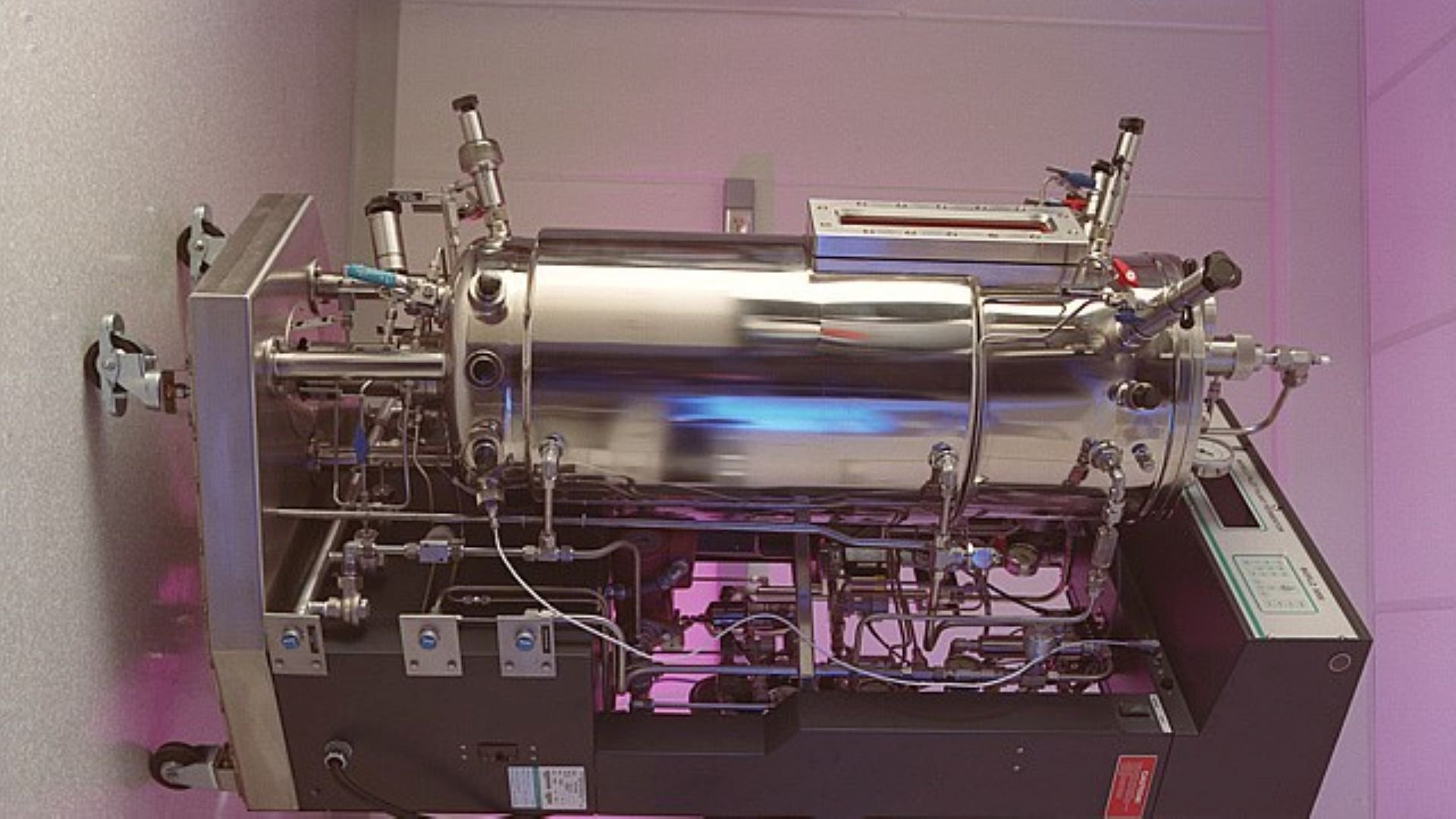The life of a yeast
Yeasts are an intriguing group within the microbes. They are unicellular, and seem relatively simple under the microscope. But appearances are deceptive: yeasts are more like us than bacteria and are actually single-celled fungi. So yeasts are eukaryotic just like us, and we share about a quarter of our DNAwith them. However, the life of a yeast is a little bit more organized than ours. The yeast searches for substances to extract energy from, which it can do in several ways. It can use simple sugars like glucose directly, but can also break down more complex carbohydrates until sugars are left to live on. Once the yeast is in a nice and cozy environment, it will start to grow by dividing itself.
Growing yeast cultures in an incubator.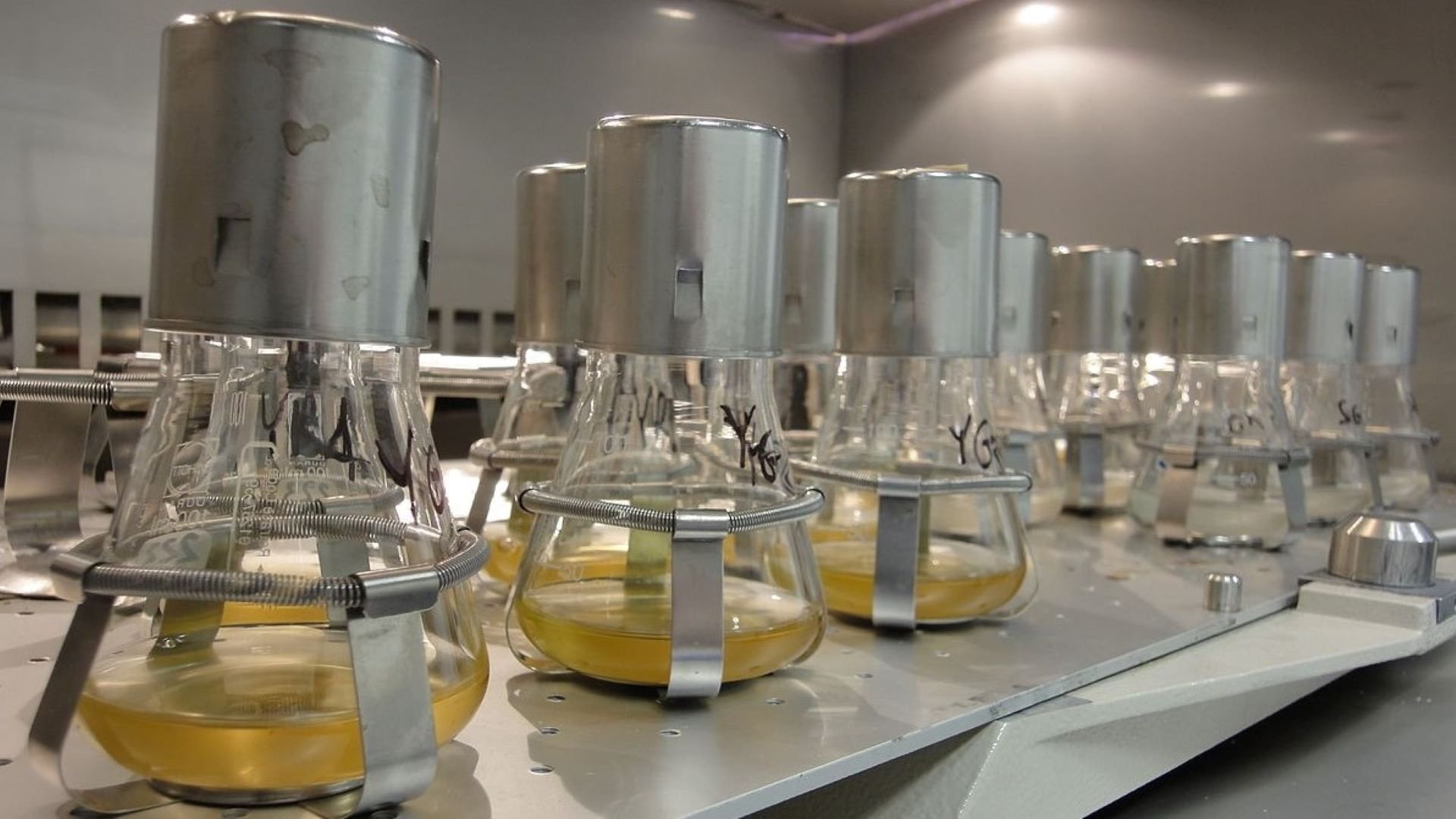
The birds and the yeasts
When yeasts multiply, they can do it in two distinct ways, sexually or asexually. The most common is asexual, which is called budding. The yeast cell forms a bulge (bud) in its cell membrane, doubles its cell nucleus, moves the copied cell nucleus to the bud and then separates the bud. The result is a perfect clone. Sexual reproduction however, requires two yeast cells; their copied genetic material is first combined, after which the new cell will have half of the DNA from both mother cells. Sexual reproduction is switched to in stressful circumstances. The yeast makes new combinations of its DNA that are hopefully better adapted to where it lives. This is also useful for us humans, because this way we could select yeasts over time that are very well-adapted to certain types of fermentation.
Saccharomyces cerevisiae with buds under an electron microscope.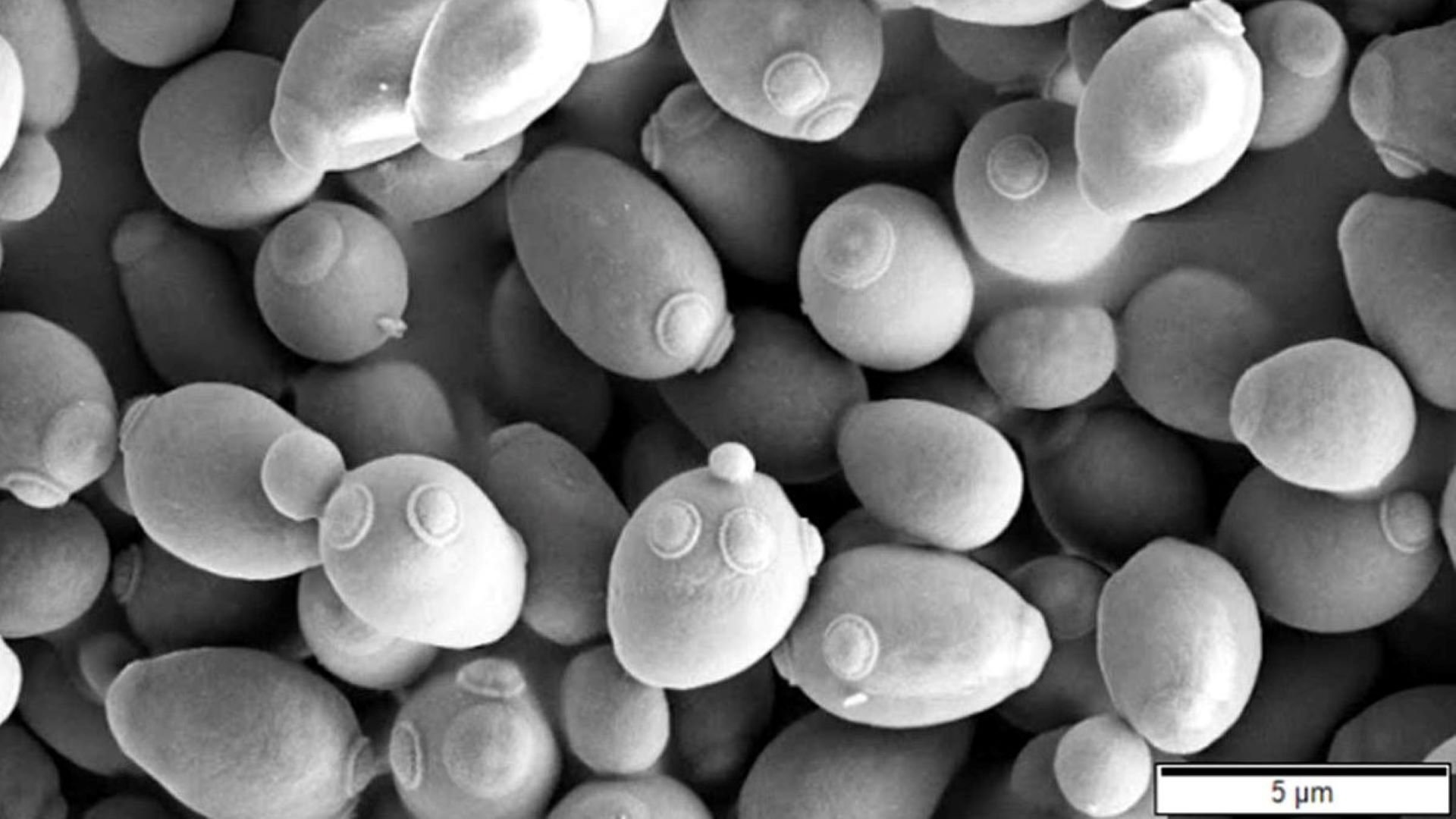
Fermentation station
Man discovered the wonders of fermentation with yeasts very early on. In 2018 a set of 13,000-year-old mortars with the remains from a beer brewing process were discovered in Israel. Making beer was probably the first example of using yeast, although the brewers probably had no idea which microbe was behind this process. Today, most types of alcoholic beverages produced by fermentation use the same type of yeast: Saccharomyces cerevisiae. This strain is easy to grow, propagates quickly, and has a fairly high alcohol tolerance. The latter ensures that fermentation does not cease at a very low alcohol level.
Saccharomyces cerevisiae colonies under a stereo microscope.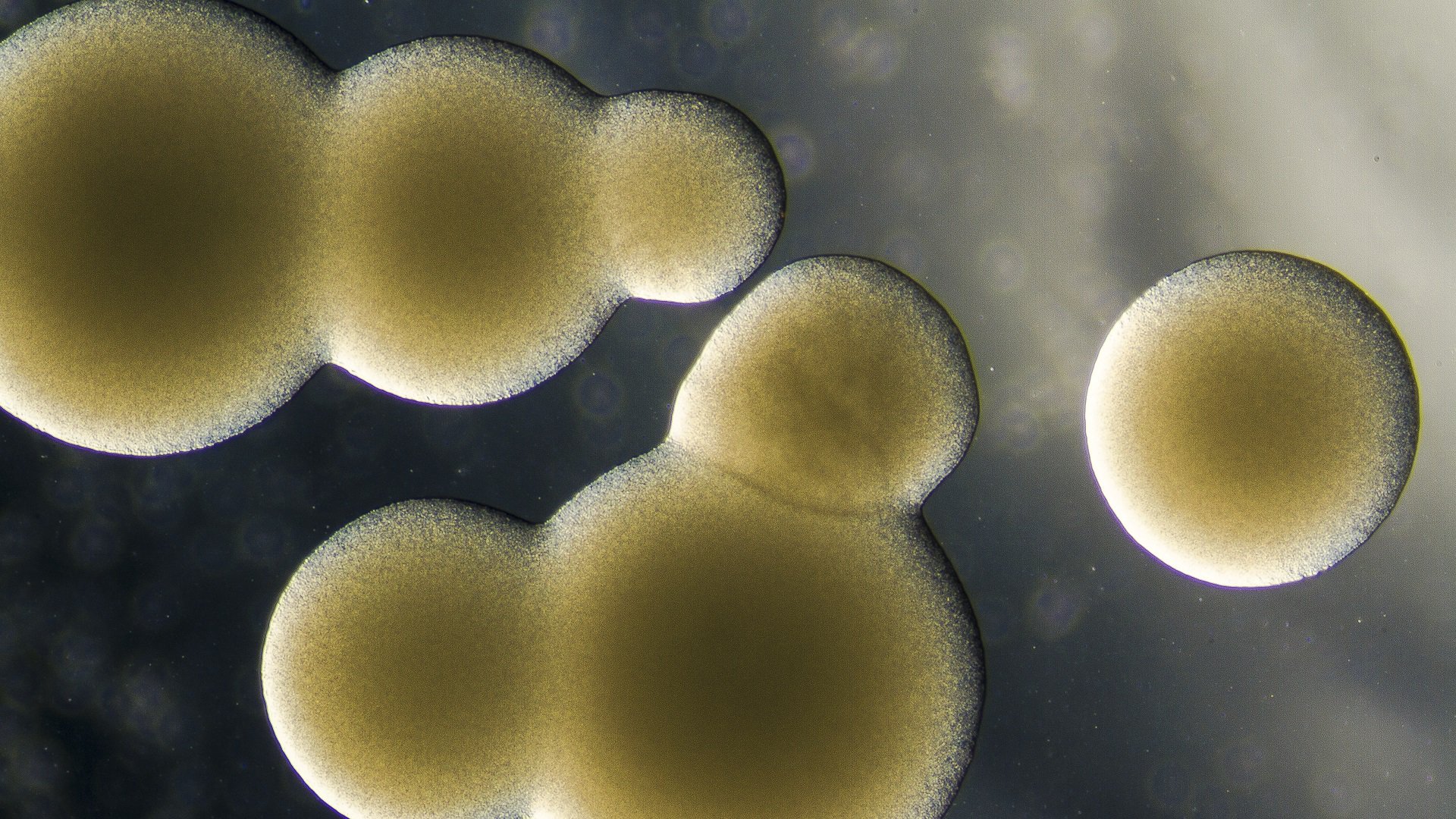
Random brewing
However, other yeasts can also be used to brew beer, including wild yeasts. An example is the artisanal Belgian Lambic beer, which is made by the use of yeasts present in the air, including the genus Brettanomyces. The ratio of the yeast species in the air changes over the seasons, and therefore Lambic can only be brewed between October and April. But wild yeasts can also be discovered closer to home. For example, in ARTIS we found the wild yeast Pichia barkeri, with which we brewed an interesting beer together with the Oedipus brewery: the Wild Microbe Ale.
Wild Microbe Ale beer Micropia.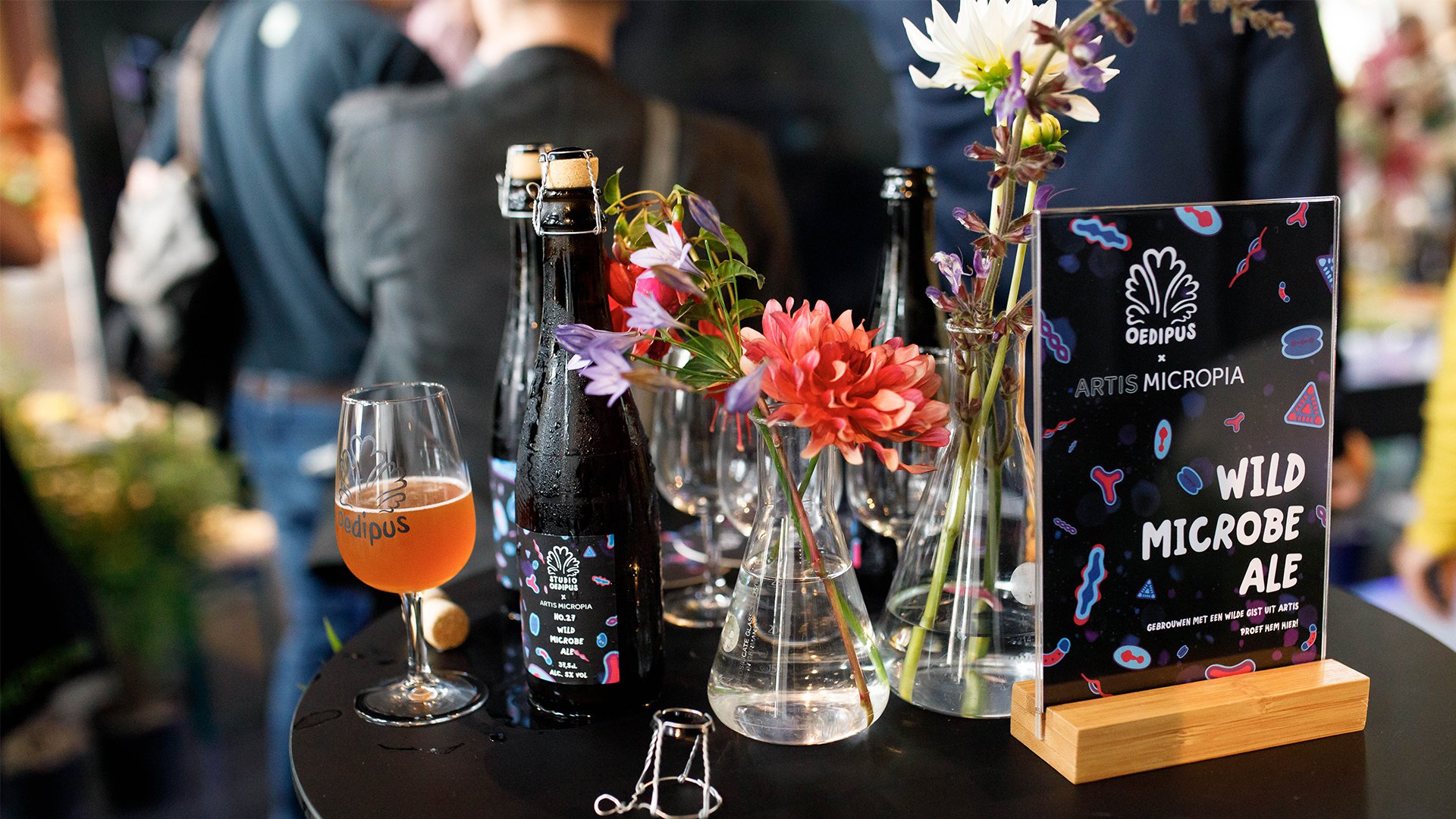
Unusual yeast products
It is well-known that yeast plays an important role in the production of bread and alcohol. But did you know that yeast is also essential for making chocolate? It is the first step in the production process of cocoa mass, the main raw material of chocolate. By fermenting the cocoa beans in heaps, the structure and taste of the beans improve. Yeast is even used for making stock cubes, not to ferment but as an ingredient. Grown yeast cultures are treated so that the yeast cells burst and their contents are released. The liquid that is left is then boiled down until yeast extract in the form of powder or paste remains. This yeast extract contains a lot of glutamate which gives a nice savory (umami) taste to the stock.
Fermenting cacao beans.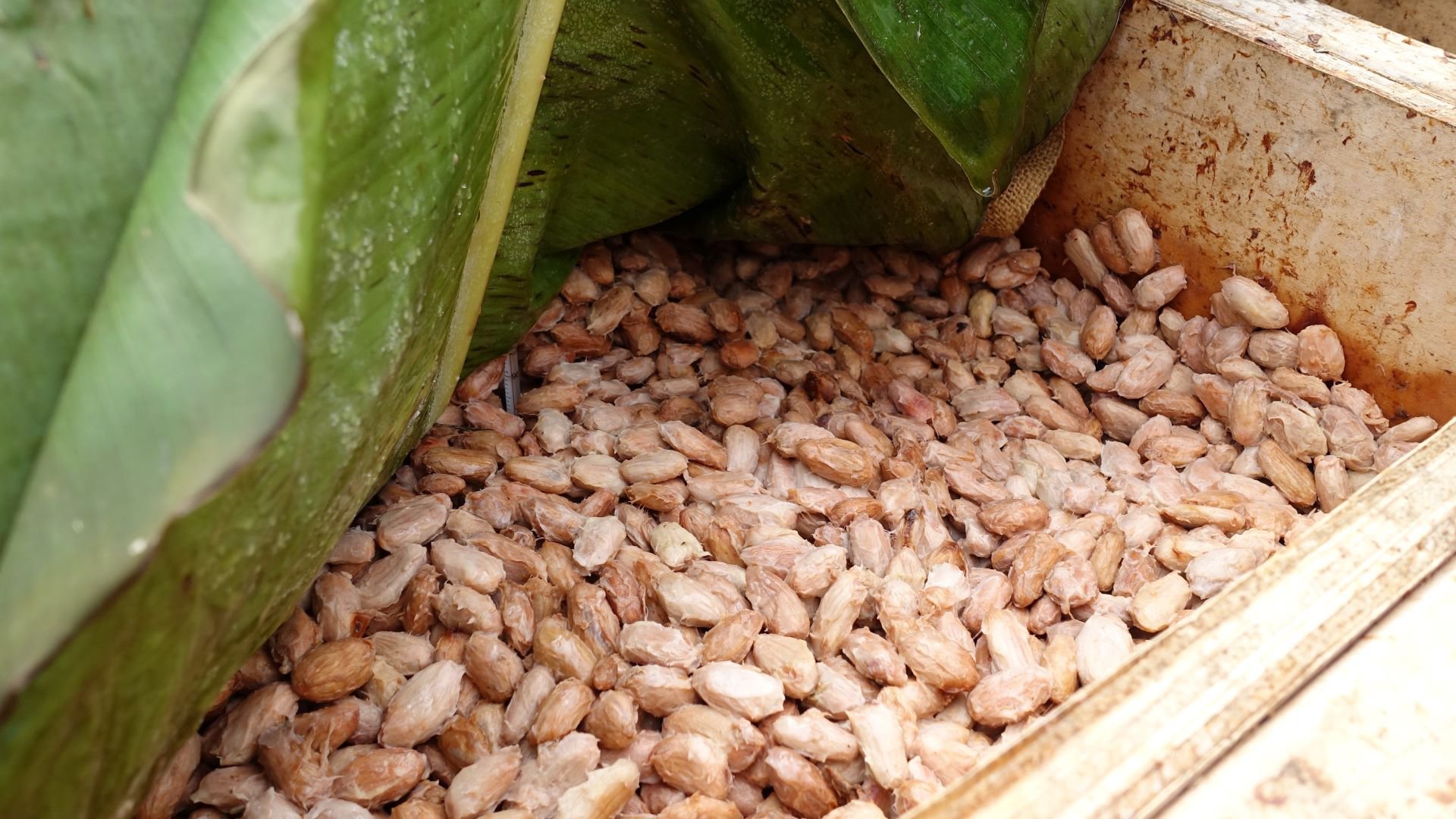
Yeast as a microfactory
Today, yeasts are also used to produce very different products than food. The way in which substances are converted in the yeast cell is recorded in the DNA of the yeast. If we change certain genes in the DNA, we can let the yeast make a different conversion, with a different end product as a result. Or a whole new gene can be introduced, even from different species. For example, we can use yeast to make the sweetener steviol by adding adapted genes from the stevia plant to the yeast. The yeast can produce steviol a lot more efficiently than a plant. Moreover, the steviol that is extracted from yeast is also tastier, due to the lack of a bitter variant that does occur in the plant.
The stevia plant.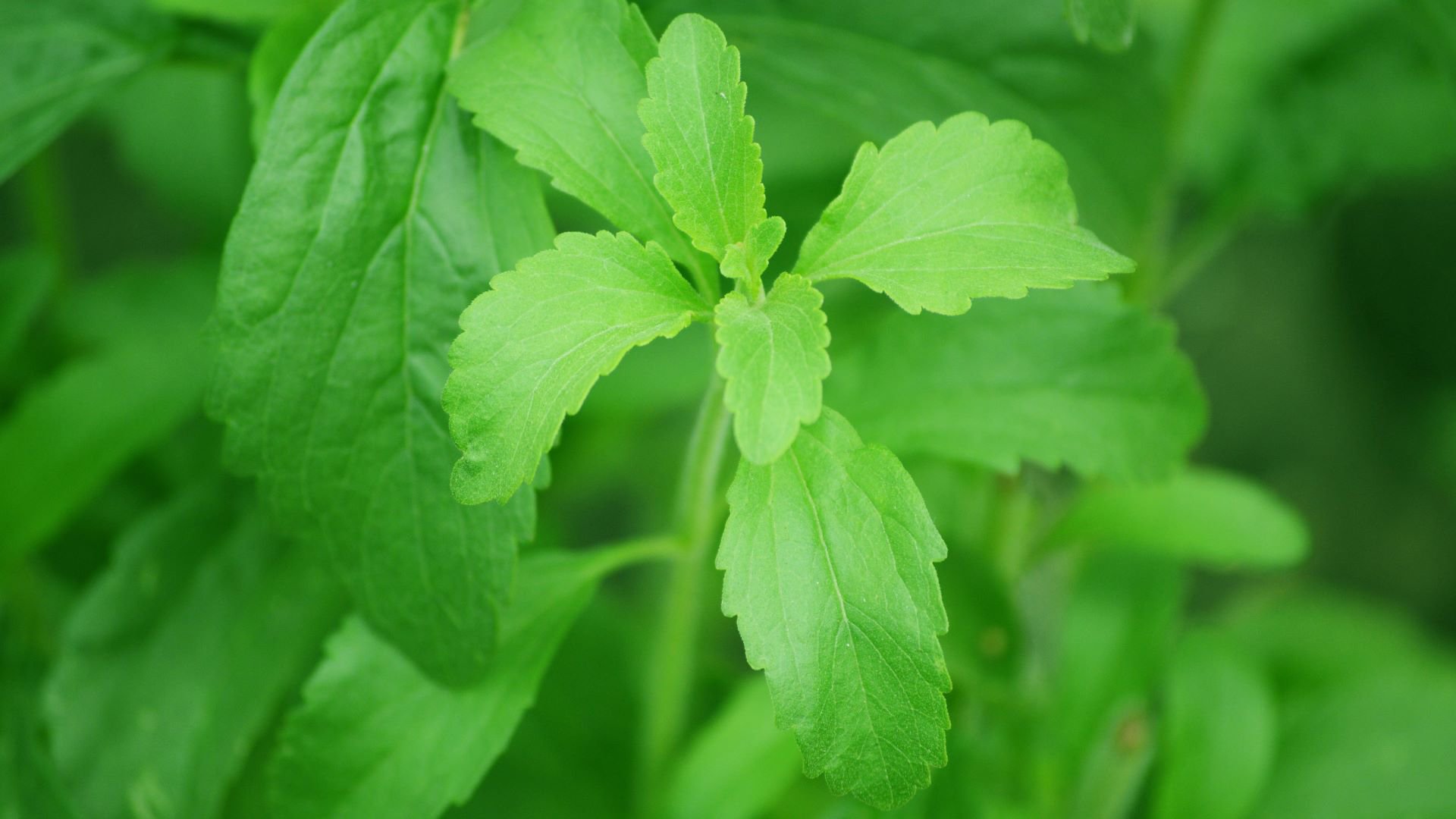
Large-scale yeast production
Special factories have been developed to extract the substances that yeast can make on a large scale. The yeast is grown in large tanks, which are called bioreactors. These bioreactors usually look like a large closed steel vessel with multiple pipelines connected. By adding and removing the right quantities of certain substances at the right times, the fermentation process can be controlled very precisely. Usually the main added resource consists out of liquid with sugars, which the yeast uses to grow and convert into the substances we want. This can be a continuous process in which a little sugar always goes in and product comes out, but it can also be performed in batches where everything is added in one go. The fermented mix is the processed to extract the desired product. The possibilities with yeast are endless.
Bioreactor for fermentation on a large scale.